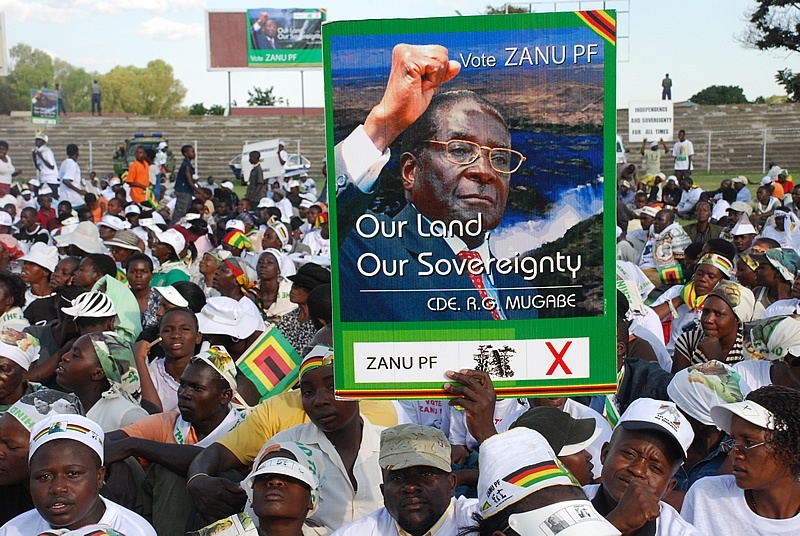
This report by the Election Resource Centre (ERC) is an attempt to interrogate and analyse the voter behaviour that influenced the relatively “high voter turnout” in the referendum.
Sunday Opinion by The Election Resource Center
What could have driven Zimbabweans to come out and vote in such unprecedented large numbers, what is the comparative analysis? Could the numbers have been tampered with? And what does this mean for the coming crucial elections in Zimbabwe?
A glance at the results shows that while there had been reports of voter apathy, comparatively; Zimbabweans came out in their large numbers to cast their votes.
The March 16 poll recorded the biggest voter turnout since 1980. Interestingly, there has been a marked increase in each province for this referendum in comparison with the March 2008 elections.
The reasons have varied from vote rigging, to an increased interest in the electoral process. The ERC unpacks some of the reasons which could have led to the comparatively high voter turnout.
l Relaxed voting requirements: The requirements for casting a vote in a referendum were not as stringent as those in an election. Voters were only required to use their national IDs in the absence of a voter’s roll which enabled a number of unregistered, but ineligible voters, to cast their votes. This included almost three generations of voters who turned 18 years between 2008 and 2013.
l The voting procedure was less complex as compared to an actual election, exemplified by the average three minutes that voters took to complete voting.
- Chamisa under fire over US$120K donation
- Mavhunga puts DeMbare into Chibuku quarterfinals
- Pension funds bet on Cabora Bassa oilfields
- Councils defy govt fire tender directive
Keep Reading
l The relatively prevailing peaceful political engagements could have revitalised confidence in the electoral processes.
l Political party canvassing manifested in the tussle for numbers between the two main political parties: Zanu PF and MDC-T.
l The utilisation of social media as a platform for public debate increased the interest in the referendum. The social media platforms that were widely used especially by the young people included Facebook and Twitter.
l A new generation of first-time voters that voted.
l Effectiveness of voter awareness programmes speaheaded by both civil society and the main political formations who are party to the GPA contributed to the turnout.
l The swirling desire to end the transitional period, it might be that most Zimbabweans have grown weary of the tripartite governance framework and they believe that since the constitutional reform exercise was one of the major obstacles, ensuring its passage would help.
The “Yes” vote must have come from core supporters of the three parties in the GPA, forced voters and women (who constitute the majority of voters). There was consensus among women from all walks of life that this constitution is a good document for them, hence the massive mobilisation by women’s groups and women politicians to endorse the draft.
The youth vote also contributed, although more still needs to be done to ensure that young people participate in electoral processes.
The “No” vote could have come from core members of the National Constitutional Assembly and its consortium (ISO, PTUZ and MDC-99). Some MDC members whose voting was not polluted by group action and party opinion leaders could also have voted against it. They retained their freedom of choice.
There was a clique within Zanu PF which found expression through Jonathan Moyo, which at some point vehemently opposed the completion of the constitution-making exercise.
There is no telling that this clique could have made a sudden about turn to endorse this draft, given how vigorously they campaigned for the disbandment of Copac and the holding of elections under the Lancaster House Constitution. Some Zanu PF members, who at some point were told about the “toxic” issues in the proposed constitution, may also have voted against the new constitution.
For instance, those who were once told that the Copac draft would allow gay and lesbian rights — at some point Zanu PF embarked on a campaign against the draft which spread to most areas like Gokwe Chireya.
However, following their ultimate agreement, Zanu PF could have failed to effectively reach some of its members who had already embarked on a campaign against the draft to reorient them on the party’s new position.











